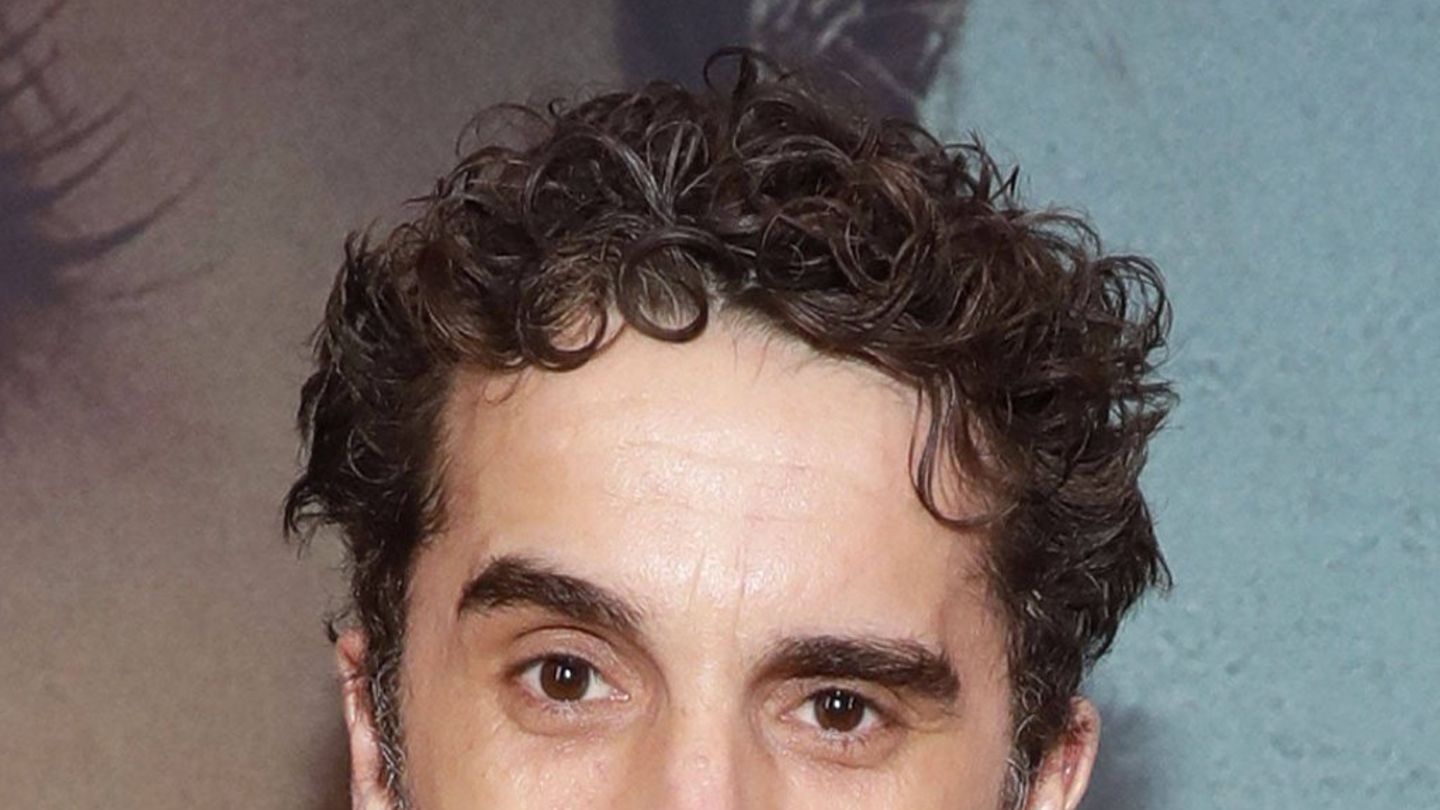“NoThere wasn’t a question that I asked that any of them said ‘I’m not going to answer that’, and there wasn’t a line that was written that, after going through their sieve, they said ‘look, I said that, but now withdraw’. What they told me and what I wrote is exactly what is in the book,” journalist Ana Ventura, author of the biography ‘Da Weasel — Uma página da história’, which is now published, told Lusa.
The book, divided into nine chapters, goes back to memories even before the band was formed, with each of the current elements – Jay, Pacman (whom the public now knows as Carlão), Virgul, Guilhas, Quaresma and DJ Glue – sharing a bit of its own history, and ends a few months after the concert back on stage, in July last year at the Alive festival, in Oeiras, in the district of Lisbon.
Jay was 22 years old and Carlão 18 when they started creating what would later become Da Weasel. At that time, “under no circumstances”, did Jay think the band would reach the status it has today.
“When we started to compose, to create the first things, it was really for the mirror. We are brothers, they were our games. We designed some scenarios, because that’s what the mirror does, it creates those illusions, but they were just that, illusions . It never crossed my mind that we could get where we got”, he said, in an interview with Lusa.
In the book, the stories are all told in the first person. Ana Ventura interviewed the members of the group separately and, with each chapter she wrote, she put together the various pieces of the puzzle, giving the reader the idea that a dialogue between the six had taken place.
Although she is the author of the biography, Ana Ventura wanted to be “a vehicle for the history” of Da Weasel. “I really wanted to get them to tell their story,” she said.
A fan of the oral record approach – that’s what as a reader you’re looking for -, the journalist stressed that “however interesting it is” what they have to say, “what really matters is what they have to say”.
“If I put this into a narrative differently, it would stop being them telling their story and it would be me telling their story, and that’s not what I wanted”, he underlined.
The history of Da Weasel also included DJ Yen Sung and musician Armando Teixeira, who ended up leaving the band for different reasons, explained in the book.
The two were not interviewed for the biography, by decision of Ana Ventura. “It is important to mention that it was my decision, as an author”, she underlined, explaining that the idea of the book “is to be the official biography of the current Da Weasel”.
‘Da Weasel — A Page of History’ is “the story of the six elements that today, in 2023, are part of Da Weasel”.
Throughout almost 600 pages, the musicians share many good moments, such as the concerts they gave at Johnny Guitar and Coliseu dos Recreios, or when they performed on the same stage as the Beastie Boys or the Red Hot Chili Peppers — reference bands for various elements of the band.
“I would say that we celebrated all these moments with the greatest joy possible and they were magical moments”, said Jay.
The concert at the Alive festival, last year, which brought the six together on stage 13 years after their last concert together, in Amadora in September 2009, also makes the list of best moments.
“On this return, the thing that most impressed me, me and everyone, all the technicians, the whole production crew that was on Alive, was not the production of Da Weasel, it was the love and affection that was in the air. It was incredible”, shared the musician.
As in all stories, the Da Weasel one also had less good moments.
“This is like a couple. The first three years are one way, some say that the seventh is when the bubble bursts in a series of situations. It’s exactly the same thing, and then you either give in, or hug, or pass- mind. And we went through all those situations, just like a couple”, said Jay.
In the biography it is known that the band broke up twice, but only one of the separations was announced: in 2010.
The first time “was somewhere between the (album) ‘3rd Chapter’ (1999) and ‘You can run away but you can’t hide’ (2001)”. In between, the band edited “Initiation to a banal life — The manual” (1999), one of the “roughest, hardest and most complicated” albums of their career.
“Our greatest blessing was that we grew gradually, grain by grain, but the leaps between records were so great, in terms of recognition, audience, impact. And that pressure, from album to album, put us in a situation of dealing with new situations, with ‘tours’ getting bigger and more tense. And that reveals the personality of each one”, he shared.
Although they haven’t edited new songs since 2007, many remain current: “We received this ‘feedback’ from the fans themselves: ‘It’s amazing how song X feels like it was written today’, ‘it’s amazing how song Y was taken from an episode that passed yesterday,'” Jay said.
For Ana Ventura to get the six elements to share stories that until then had remained only in the ‘weasel’s hole’ “various levels of trust were established”.
“First, the trust they had in me and my ability to tell their story, and then the trust they re-placed in me to be open with some of the themes that eventually could be more sensitive, more personal. But I think that they trusted that they would be told in the right way, without digging into things that weren’t necessary”, said the journalist.
For Ana Ventura, writing ‘Da Weasel — A page of history’ was like “closing a circle”, because the “last big interview” she did when she was still in the Blitz editorial office was with Da Weasel, “about the last album that edited”.
Also Read: Fifth Festival of Ancient Music of Torres Vedras starts on May 7




